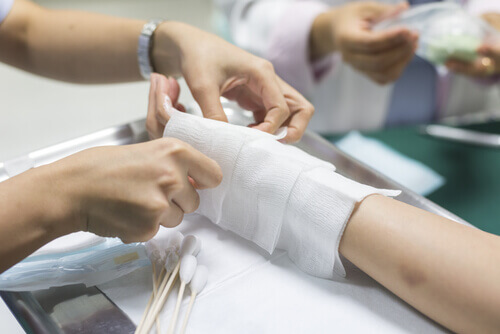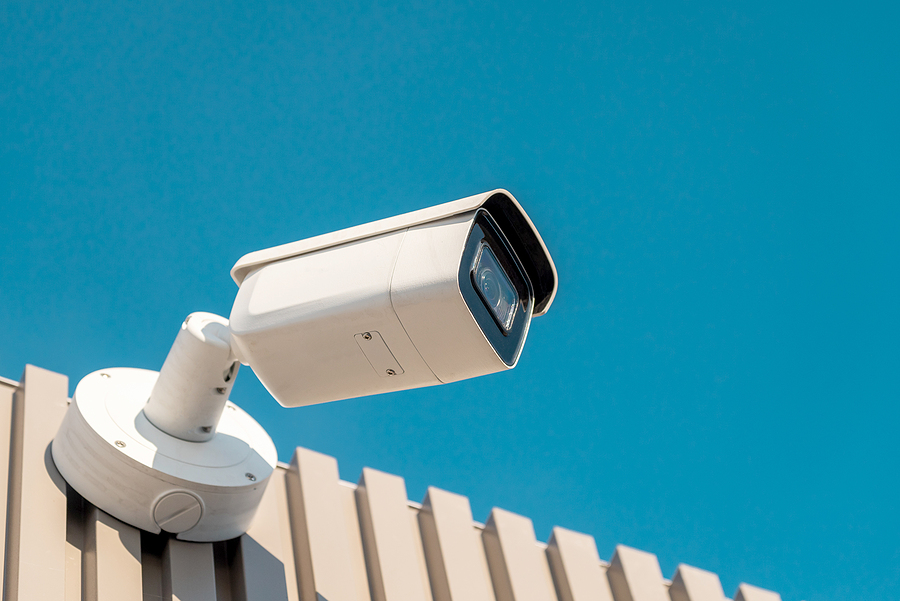
Burns are some of the worst injuries that people can experience. This comes from the fact that, aside from causing intense amounts of pain, burns can also damage the skin and affect the victim’s appearance. In serious cases, they can cause health complications including infections, hypovolemia (low blood volume), and hypovolemic shock. Burn accident treatment becomes paramount depending on the severity of the burn that occurs.
Types and Causes
Burns can be categorized according to their causes. Here are some of types of burns:
- Thermal burns occur when hot objects or surfaces as well as scalding liquids come into contact with the skin.
- Electrical burns more commonly caused by exposure to electrical sources (e.g. touching live wires) but can also be caused by lightning.
- Chemical burns happen when the skin is exposed to household or industrial chemicals (usually cleaning agents), which can be solids, liquids, or gases.
It’s important to note that many burns can be a combination of different burn types. Vehicle explosion burns, for example, can be both thermal burns (e.g. when the skin touches the hot metal of the car) and chemical burns (when the skin is exposed to the car’s fuel).
Degrees
Burns can also be classified according to their severity. These classifications are first-degree, second-degree, and third-degree burns.
First-degree burns, also called superficial burns, affect the outer layer of the skin, aka the epidermis. They cause redness and minimal inflammation on the affected site as well as pain. They usually heal without leaving any scars, although the healing process turns the skin dry and peeling. Despite being the least severe of all burn types, first-degree burns can still be dangerous if they affect a large part of the body and/or if they occur on the face or on a major joint (like the knees or shoulders).
Second-degree burns are also called partial thickness burns and affect both the epidermis and the layer of skin beneath it, which is the dermis. Aside from pain, swelling, and redness, these burns also lead to the formation of blisters on the affected site. These blisters can pop open later on, which puts them at risk of getting infected. They usually heal within three weeks or so; most of them might leave pigment changes on the affected area but usually won’t leave scars.
Third-degree burns, aka full-thickness burns, affect the epidermis, the dermis, and deeper tissues. Depending on what caused the burn, the affected area can feature charred skin, waxy and white skin, or raised and leathery skin. Some third-degree burns damage the nerves on the site and therefore don’t cause pain, but they must be treated ASAP since they can cause severe scarring and skin contracture. These can limit the patient’s range of motion and change the appearance of his skin and body.
Treatment
The type of burn accident treatment needed depends on the cause of the burn as well as its severity. First-degree and second-degree burns, for instance, require antibiotic ointment or cream to prevent infections as well as oral pain relievers to minimize discomfort. Third-degree burns, on the other hand, require an IV to replace lost fluids and intravenous antibiotics to prevent infections. Second-degree and third-degree burns that extensively damage the skin, underlying tissues, bones, and organs may require surgery (including skin grafting), physical therapy, and other rehabilitation treatments.
If you’ve obtained burns and another party was at fault, contact highly competent attorneys like McEwen Law Firm. We have years of experience in helping clients with burn injuries and will help you obtain financial compensation to continue your burn accident treatment and get back to good health.
Serving clients in the: Minnesota Area including Minneapolis, Minnesota, St Paul, Twin Cities, Bloomington, and throughout the United States. Hennepin County, Carver County, Wright County, Scott County, Dakota County, Anoka County, Washington County, and Ramsey County.



